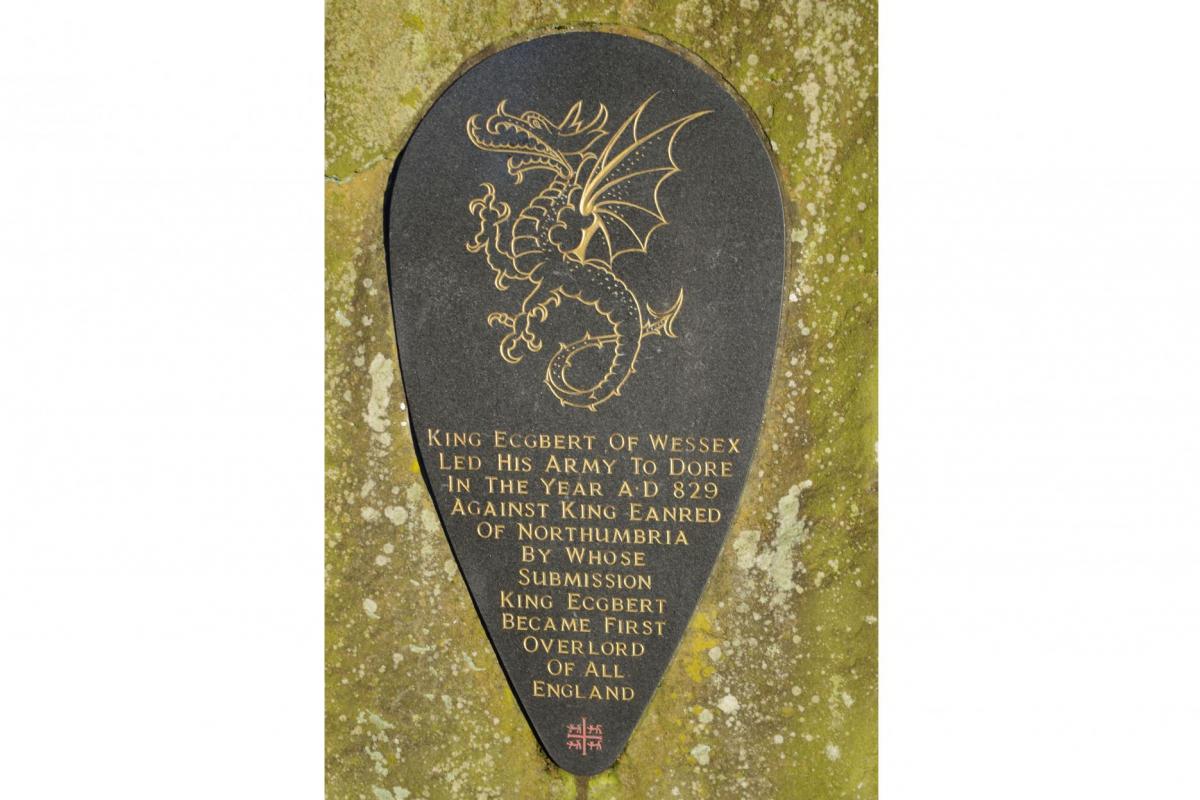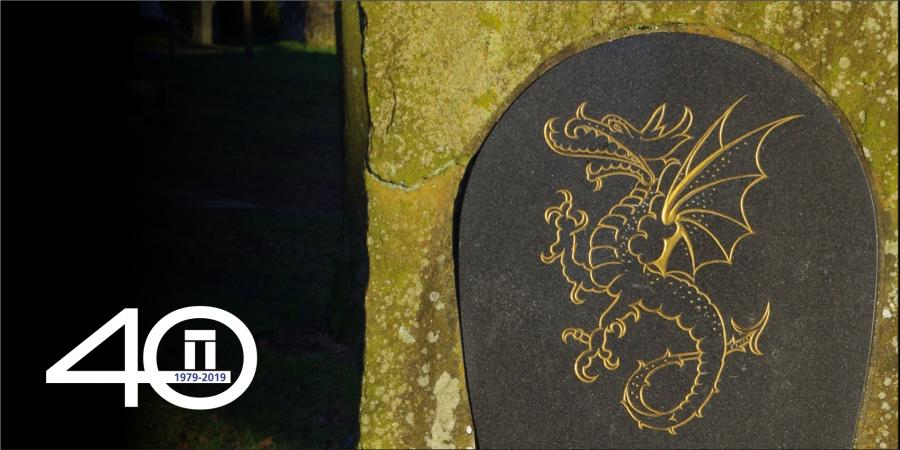Alongside Wessex Archaeology’s 40th anniversary, 2019 marks the 10th anniversary of the opening of its Sheffield office. But despite being a well-established regional office with approximately 100 staff and a multi-million pound turnover, some sceptical northerners still occasionally ask:
‘What’s Wessex Archaeology got to do with Sheffield?!’
Well, aside from our UK-wide and international remit, there are other more historical links, and this year marks another anniversary, the 1190th of an ancient alliance between north and south.
The Anglo-Saxon Chronicle states that in AD 829 King Ecgbert of Wessex conquered Mercia and then led his army north ‘to Dore against the Northumbrians, where they offered him submission and peace; thereupon they departed’. Following this event King Ecgbert effectively became the first monarch of England, holding sway (albeit briefly) over a land that extended from the channel coast north to the Scottish kingdoms.

Once a separate village to the south of Sheffield, Dore is now incorporated into the city’s suburbs. The peaceful meeting of the armies and the effective unification of the country is commemorated on the village green by a shield-shaped memorial stone, featuring a wyvern, the ancient symbol of Wessex. As the Dore Village Society website recounts ‘The wyvern is still to this day established as the symbol of Dore, and is reflected in street names, also the names and logos of several local clubs and societies’.
As Sheffield expanded around Dore in the 20th century, city officials paid tribute to its local history when naming streets and institutions within the new suburb: Wessex Gardens, Saxon Avenue, Mercia Drive, King Ecgbert’s School.
There is therefore some precedent for ‘Wessex in Sheffield’, which has been a meeting point through the ages. With 2019 marking these two happy anniversaries, our local staff, proud of their green and homely yet vibrant and diverse home city, look forward to many more years illuminating the history of Sheffield and the North.

